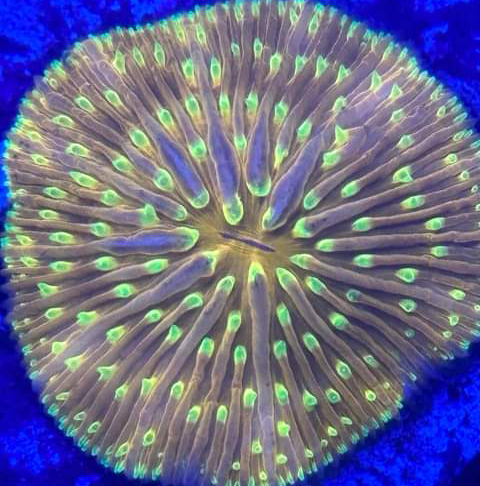
The Essential Guide to Dipping Corals: Protecting Your Reef Tank
Share
Adding new corals to your reef aquarium is an exciting way to enhance the beauty and diversity of your tank. However, before introducing any new specimens, it's crucial to ensure they’re free of pests and diseases that could harm your existing marine life. This is where coral dipping comes into play. Here’s a comprehensive guide to understanding and performing coral dips to keep your reef tank healthy and vibrant.
Why Coral Dipping Is Important
Coral dipping involves immersing new or quarantined corals in a specialized solution to remove unwanted pests, parasites, and diseases. This preventive measure helps protect your reef tank from potential threats that could otherwise compromise its delicate balance. Common issues addressed by coral dipping include:
- Aiptasia Anemones: These stinging anemones can proliferate quickly and sting corals, causing damage.
- Flatworms: These tiny pests can damage corals and contribute to poor water quality.
- Hydroids and Bryozoans: Often found on newly acquired corals, these can be harmful and spread quickly.
- Red Bugs and Coral Eating Worms: These pests can cause serious harm to corals if left untreated.
Choosing the Right Coral Dip Solution
Selecting an appropriate coral dip is essential for effective pest control without harming the coral. Common options include:
- Coral RX: A popular choice among reefers, Coral RX is effective against a wide range of pests and is available in both coral and coral dip formulations.
- Revive: Known for its gentle yet effective formula, Revive is suitable for various coral types and helps in removing pests and algae.
- Lugol's Iodine: This is an alternative to chemical dips that provides a disinfecting and parasite-fighting effect. However, it requires careful dosage to avoid harming the coral.
Always follow the manufacturer's instructions and use the recommended dosage to ensure the safety of your corals.
How to Dip Corals: A Step-by-Step Process
-
Prepare the Dip Solution: Mix the coral dip solution according to the manufacturer’s instructions. It’s important to use the correct concentration to avoid harming the coral.
-
Remove the Coral: Gently take the coral out of its packaging and remove any attached plugs or rocks if possible. Inspect the coral for visible pests or debris.
-
Dip the Coral: Submerge the coral in the prepared solution, making sure it’s fully immersed. Use a clean, soft brush to gently scrub the coral, focusing on areas where pests might hide.
-
Swirl and Agitate: Swirl the coral in the solution for a few minutes, ensuring that the dip reaches all parts of the coral. This helps dislodge and kill any pests present.
-
Rinse the Coral: After dipping, rinse the coral thoroughly in clean, saltwater. This step removes any residual dip solution and dead pests, preventing them from contaminating your tank.
-
Inspect the Coral: Carefully examine the coral once more to ensure that all pests have been removed. Check for any signs of damage or stress.
-
Acclimate and Introduce: Acclimate the coral to your tank’s water parameters before introducing it to your reef aquarium. This helps reduce shock and ensures a smoother transition.
Additional Tips for Successful Coral Dipping
- Quarantine New Corals: Whenever possible, quarantine new corals before adding them to your main tank. This additional step allows you to observe and treat any issues in isolation.
- Maintain Clean Tools: Use clean, dedicated tools for coral dipping to prevent cross-contamination between different corals or tanks.
- Monitor Coral Health: After dipping and introducing the coral to your tank, monitor its health closely. Early detection of any problems allows for prompt intervention.
Coral dipping is a vital practice for maintaining a healthy and thriving reef aquarium. By taking these preventive measures, you protect your investment and ensure the continued beauty and balance of your marine environment. Happy reefing!